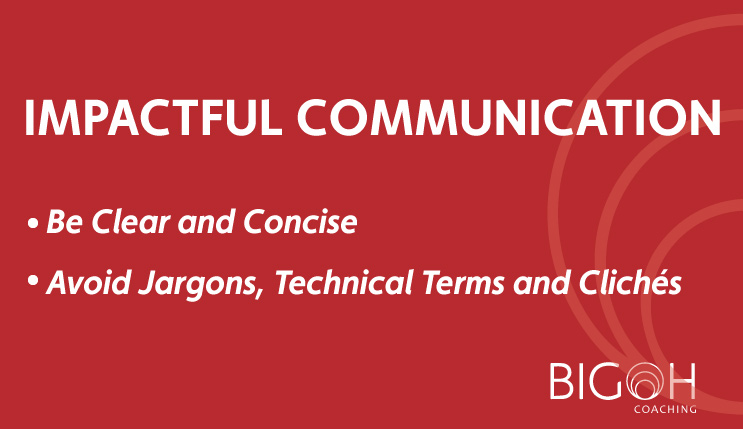20 Jul Impactful Communication – Be Clear About your Purpose

I am shocked at how often people don’t think about this. But here is the thing, if you don’t know what you are talking about, then you can’t expect anyone else to!
Be Clear and Concise
Get clear about exactly why you are communicating. This will usually involve thinking about where your audience is now and where you want them to be after experiencing your message.
Do you want them to think or act differently, or do something specific?
Write your purpose down in one sentence with 10 words or less – then keep it somewhere visible as you construct your message to help keep you focused.

A former client, Pete Avery (Stride) once told me knowing your audience, their problems and possible solutions, was key to effective communication.
If you don’t know who you are talking to, then how do you share something interesting with them?
This is absolutely key, yet most people fail to think deeply enough about who they want to reach out to and what will attract them.
? What is it that your audience cares about?
? What do they already know (or thing they know) about their problem(s)?
? What words do they use?
? How do they describe their ‘pain-points’?
? What are they asking for in terms of possible solutions?
With the internet and social media, it’s easier than ever before to research and get to know your audience.
Taking some time to do this up front will have a huge difference on the success of your communications.
Be clear and concise, as a confused mind doesn’t buy or buy-into anything.
Making sure you strip out everything that is not relevant to your purpose or audience and give your message the chance to shine and be heard.
Avoid Jargons, Technical Terms and Clichés
It is always important to avoid jargons, technical terms and clichés. Shorter words are always better than long ones.
Today people want messages that are easy and enjoyable to consume, so make that your aim.
Bring all the above together in a clear, simple plan. It needs to be something that your entire team can understand, communicate and put into action.

Think about your message, audience and purpose and what delivery channel(s) add structure will be most appropriate.
Your plan must include some feedback elements that track the success of your communications so you can continually improve and grow with your audience.
If you enjoyed this article, please comment below and remember to share with your friends.
Happy to discuss how the above applies to you and your business?

